
Filter News
Area of Research
- (-) Biology and Environment (65)
- (-) Neutron Science (20)
- Advanced Manufacturing (3)
- Biological Systems (1)
- Biology and Soft Matter (1)
- Computational Biology (1)
- Computer Science (2)
- Electricity and Smart Grid (1)
- Energy Science (66)
- Fusion and Fission (20)
- Fusion Energy (4)
- Isotopes (6)
- Materials (25)
- Materials for Computing (4)
- National Security (22)
- Nuclear Science and Technology (17)
- Quantum information Science (4)
- Supercomputing (62)
News Topics
- (-) 3-D Printing/Advanced Manufacturing (4)
- (-) Big Data (7)
- (-) Bioenergy (30)
- (-) Biomedical (16)
- (-) Clean Water (10)
- (-) Computer Science (17)
- (-) Machine Learning (7)
- (-) Nuclear Energy (1)
- (-) Quantum Science (1)
- Artificial Intelligence (8)
- Biology (46)
- Biotechnology (7)
- Chemical Sciences (6)
- Composites (1)
- Coronavirus (9)
- Energy Storage (4)
- Environment (61)
- Exascale Computing (4)
- Fossil Energy (1)
- Frontier (3)
- High-Performance Computing (13)
- Hydropower (6)
- Materials (6)
- Materials Science (9)
- Mathematics (3)
- Mercury (6)
- Microscopy (8)
- Nanotechnology (4)
- National Security (3)
- Neutron Science (54)
- Partnerships (1)
- Physics (2)
- Polymers (2)
- Quantum Computing (1)
- Security (2)
- Simulation (9)
- Space Exploration (1)
- Summit (8)
- Transportation (1)
Media Contacts

ORNL scientists had a problem mapping the genomes of bacteria to better understand the origins of their physical traits and improve their function for bioenergy production.
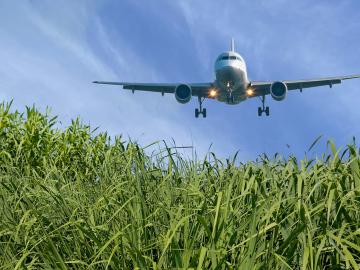
The rapid pace of global climate change has added urgency to developing technologies that reduce the carbon footprint of transportation technologies, especially in sectors that are difficult to electrify.
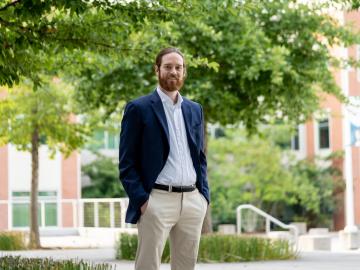
Bryan Piatkowski, a Liane Russell Distinguished Fellow in the Biosciences Division at ORNL, is exploring the genetic pathways for traits such as stress tolerance in several plant species important for carbon sequestration
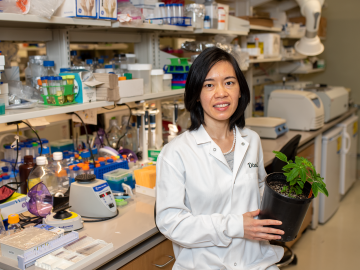
A team of researchers working within the Center for Bioenergy Innovation at ORNL has discovered a pathway to encourage a type of lignin formation in plants that could make the processing of crops grown for products such as sustainable jet fuels easier and less costly.

Spanning no less than three disciplines, Marie Kurz’s title — hydrogeochemist — already gives you a sense of the collaborative, interdisciplinary nature of her research at ORNL.
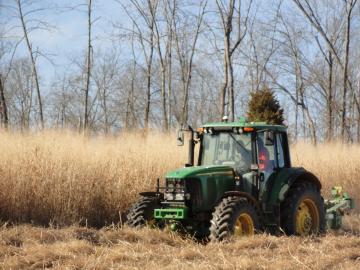
Energy and sustainability experts from ORNL, industry, universities and the federal government recently identified key focus areas to meet the challenge of successfully decarbonizing the agriculture sector

A team of scientists led by the Department of Energy’s Oak Ridge National Laboratory and the Georgia Institute of Technology is using supercomputing and revolutionary deep learning tools to predict the structures and roles of thousands of proteins with unknown functions.

Biologist Larry York’s fascination with plant roots has spurred his research across four continents and inspired him to create accessible tools that enable others to explore the underground world.

A team led by the U.S. Department of Energy’s Oak Ridge National Laboratory demonstrated the viability of a “quantum entanglement witness” capable of proving the presence of entanglement between magnetic particles, or spins, in a quantum material.
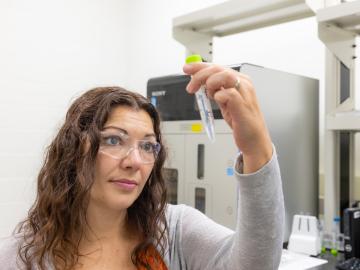
Carrie Eckert applies her skills as a synthetic biologist at ORNL to turn microorganisms into tiny factories that produce a variety of valuable fuels, chemicals and materials for the growing bioeconomy.


